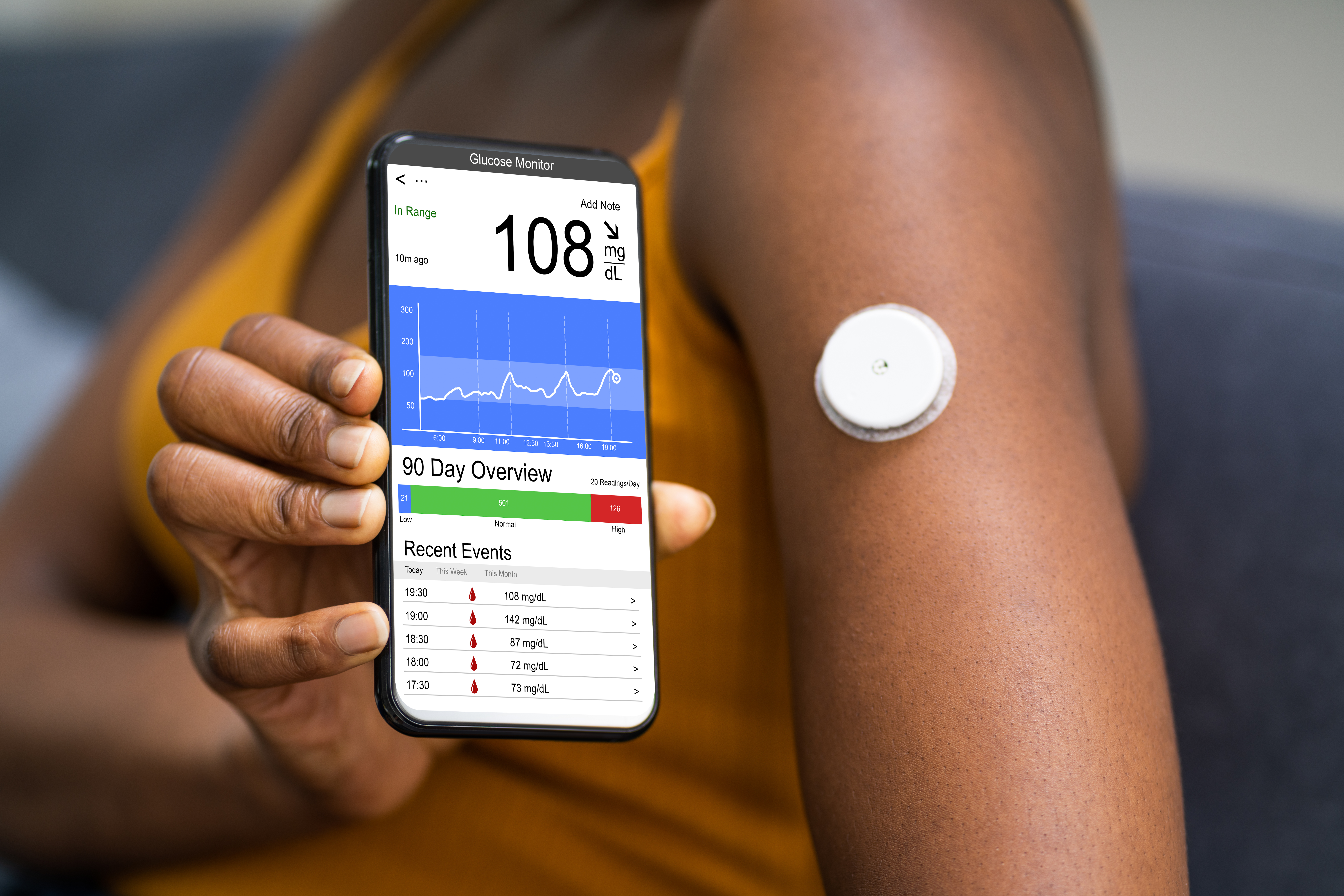
According to a recent study, following nutrition and physical activity recommendations during midlife could significantly lower your odds of severe health conditions later in life. Especially conditions that affect your heart health.
The study looked at metabolic syndrome in particular.
What’s “metabolic syndrome”? It’s the official name for a group of risk factors that raises your odds of heart disease, diabetes, and stroke. You need at least 3 risk factors to be diagnosed with metabolic syndrome, according to the National Heart, Lung, and Blood Institute.
Risk factors include:
- A large waistline
- High blood pressure
- High levels of triglycerides (fats) in your blood
- Low levels of HDL (“good”) cholesterol
- High levels of blood sugar when your stomach is empty
Researchers took a group of nearly 2,400 middle-aged adults and looked at how closely they followed 2 guidelines:
- The U.S. Department of Health and Human Services’ (HHS) Physical Activity Guidelines for Americans
- The HSS Dietary Guidelines for Americans
Several years later, researchers touched base with the study group to see if any developed metabolic syndrome.
They found that middle-aged people who followed the physical activity recommendations alone were 51% less likely to get metabolic syndrome later in life. Those who followed the dietary guidelines alone were 33% less likely. And people who followed both guidelines had 65% lower odds.
Healthy food and activity habits are beneficial at any age. “The earlier people make these lifestyle changes, the more likely they will be to lower their risk of cardiovascular-associated diseases later in life,” said researcher Vanessa Xanthakis, Ph.D., in a press release.
Plus, if you do get metabolic syndrome, heart-healthy eating and regular physical activity may help prevent issues like heart attack and stroke.
The physical activity guidelines recommend getting at least 150 minutes of moderate-intensity or 75 minutes of vigorous-intensity exercise per week.
Some examples of moderate-intensity activities include:
- Brisk walking
- Doubles tennis
- Biking slower than 10 miles per hour
Vigorous-intensity activities include:
- Running
- Singles tennis
- Hiking uphill
Meanwhile, the dietary guidelines offer tips for eating a healthy diet to prevent chronic disease at any age.
To learn more about healthy eating, check out the updated dietary guidelines here.
Interested in exercise? Read more about the physical activity guidelines here.
Have Health Insurance Questions?
A licensed insurance agent can help you find the coverage right for you. Call 24/7:(833) 648-0475





















